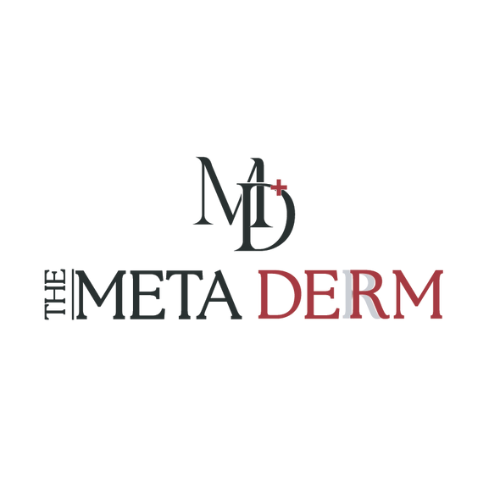Excimer Phototherapy in Vitiligo
Excimer laser and narrowband phototherapy play a crucial role in the effective treatment of vitiligo. Medically supervised phototherapy uses specific wavelengths of light to reduce skin inflammation and stimulate pigment-producing cells.

Key Highlights:
- Vitiligo is characterized by skin inflammation and the destruction or absence of pigment-producing cells.
- Phototherapy naturally reduces inflammation.
- Light therapy also encourages the movement and activation of pigment-producing cells.
- Treatments are painless & take 2 to 3 minutes to perform.
- Phototherapy is safe and effective
- Excimer laser for vitiligo is a game changer.
- Narrowband UVB therapy for vitiligo is also effective.
Excimer Phototherapy in Vitiligo at a Glance
- Best Results: 3 to 6 Months, 2 to 4 Sessions Per Week.
- Treatment Duration: 2 to 3 Mins
- Result Longevity: Permanent
- Back to Daily Activities: Immediately
- Recovery Time: 0 Days
- Blood Investigations: Not Required
- Performed By: Dermatologist
- Cost: ₹ (Consultation required)
Our results speak for themselves






Narrowband and excimer phototherapy are natural, safe, and effective methods of re-pigmentation in vitiligo..Each treatment session takes under three minutes to complete.
Frequently Asked Questions
Phototherapy, or light therapy, is a treatment for vitiligo that utilizes specific light wavelengths to promote repigmentation and help slow further depigmentation of the skin.It is considered one of the safest and most effective therapies for restoring melanin.
Phototherapy involves medically supervised exposure to a specific wavelength of light. Narrowband technology filters out other wavelengths present in natural sunlight, enhancing both the safety and effectiveness of the treatment. The 311 nm narrowband wavelength is ideal for reducing inflammation while simultaneously promoting pigment cell activity.
- The laser which dermatologists use to treat vitiligo is excimer 308 nm.
- The Excimer 308 laser is often more effective than traditional phototherapy, particularly for targeting smaller, localized areas.
- Narrowband is 311 nm of UVB.
This treatment is excluded if you:
- Have a personal or family history of melanoma or multiple dysplastic moles.
- Have porphyria. (We can effectively manage most other light-sensitive conditions).
- Are children who are not yet ready to stand in a phototherapy room for 2 to 3 minutes.
- If you experience panic attacks in confined spaces, even for a short time, be sure to inform your dermatologist.
- They will also take into account your lifetime exposure to light therapy, which varies based on your skin type.
Side effects are uncommon and can typically be prevented with proper care.
Phototherapy burn: Usually mild & will settle quickly. This can happen if new areas are exposed to light or if there’s a long break between phototherapy sessions.The most common cause is a change of clothing.
- Itchy, dry skin may occur early during treatment. Will settle with moisturisers.
- Melasma flare-ups may occur; however, protecting the face can help minimize pigmentation.
- Cold sores are uncommon, though they have been documented in medical literature.
- PMLE or light eruption can occur, but skin hardens over time.

